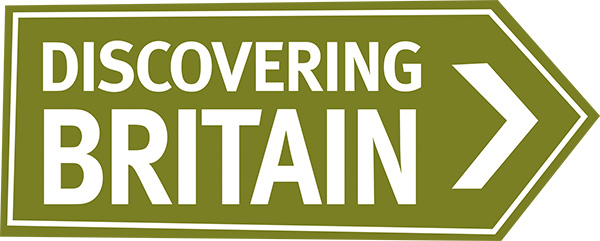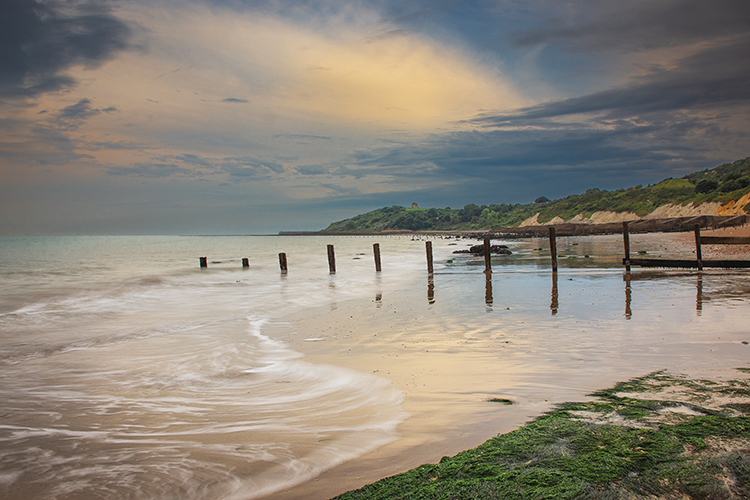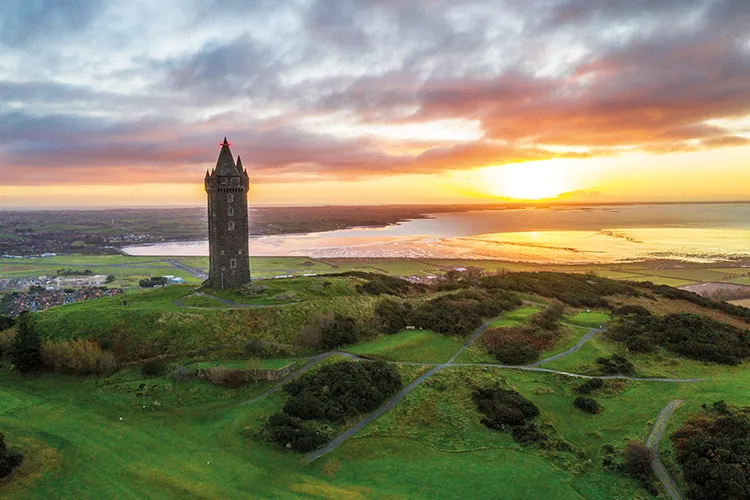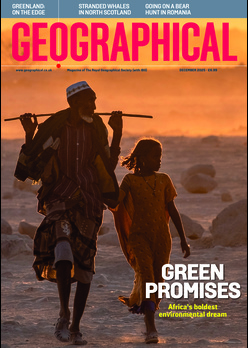
Rory Walsh follows a famous explorer uphill for an adventure-inspiring climb
Discovering Britain
View • Rural • Yorkshire and the Humber • Web guide
Captain James Cook, the first European to land in Australia, was born near Middlesbrough in 1728. When Cook was a boy, his family moved to Great Ayton to work at Airey Holme Farm. Nestled in the North York Moors, it’s still a working farm today. Looming above the cluster of brown buildings is a landmark that apparently inspired Cook’s thirst for travel – Roseberry Topping.
Roseberry Topping isn’t especially tall compared with other English hills. At 1,049 feet, it’s under a third the height of Scafell Pike. There are 15 higher peaks in the North York Moors alone. Yet Roseberry Topping’s crooked conical shape is visible for miles. Teesside sailors used it to navigate. Locals affectionately call the hill the ‘Yorkshire Matterhorn’.
During his youth, Cook climbed Roseberry Topping often. There are several routes to the summit of varying length and difficulty. They all share the same reward. The views are spectacular. The Cleveland plain unfurls below in a patchwork of greens, browns, purples and yellows. On clear days, the vista east extends to the Pennines. To the south, the Captain Cook Monument stands proud on Easby Moor.
It’s tempting to imagine how the landscape appealed to the young Cook. The undulating moorland recalls a rolling ocean. The trees could be forests of kelp, the Pennine humps a pod of distant whales. In May and early June, the woodland paths towards Roseberry Topping pass through seas of bluebells. On the horizon, the hill’s outline rises like a giant fin or the crest of a wave.
DISCOVER MORE OF BRITAIN
Roseberry Topping’s appearance is partly due to geology. The hill is sedimentary, containing layers of different rock. The middle comprises soft shales and clays. The top and base are hard Jurassic sandstone, formed around 165 million years ago. For millennia the sandstone acted like a helmet, shielding the softer rocks underneath from erosion by the elements. The result was a smooth-sided mound, shaped like a sugar loaf.
Then in 1912 Roseberry Topping was transformed forever. A huge rockfall removed a chunk of the hill, leaving behind a jagged cliff face. There are suggestions that a geological fault nearby makes the rock unstable. From the 19th century, however, Roseberry Topping was extensively mined for jet and ironstone. Deep mining tunnels undercut the summit, causing its partial collapse. In the Alps, the Matterhorn straddles two countries. Its Yorkshire counterpart meanwhile reveals two influences: natural forces and human endeavour.

Go to the Discovering Britain website to find more hikes, short walks, or viewing points. Every landscape has a story to tell!









